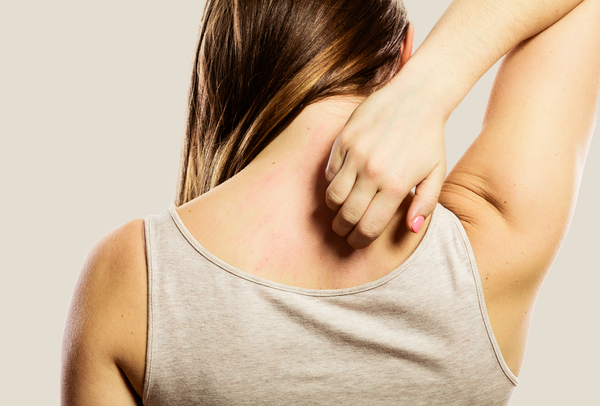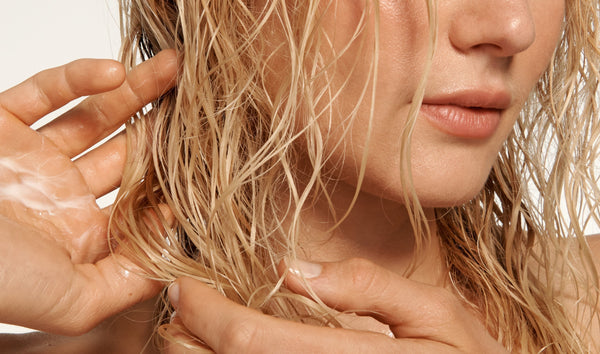Sun protection is as much a part of summer as fireworks on July 4th. In addition to the daily facial sunscreen you apply every morning year-round (right?), you probably also have a stash of sun protection to keep everyone in the family covered when you head to the park, beach, or pool.
We know there’s a lot going on when you try to read a sunscreen label. UVA, UVB, SPF? That’s why we put together this easy-to-understand glossary for the basics.
UVA rays: 95% of the sun’s rays that reach the Earth’s surface are UVA. These rays can penetrate clouds and glass, and they are strong year-round. Known to contribute to skin cancer, UVA rays penetrate deeper into the skin where they also damage the skin’s supportive proteins (which leads to premature signs of aging).
UVB rays: These are the rays that are responsible for a sunburn. Their strength depends on the time of day, season, and location. Although UVB rays may not be able to penetrate glass, they can reach the skin through clouds. They also play a role in skin cancer.
SPF: This number represents the level of protection a sunscreen provides only against UVB rays.
Broad spectrum: When you see this on a sunscreen label, it means the product protects the skin from both UVA and UVB rays.
A closer look at sun-filter ingredients
Sunscreen gets just a little bit more confusing when you zero in on the active ingredients. (Don’t worry, you won’t be tested on how to pronounce them.) Since drug regulations vary by country and region of the world, we’re focusing on the most common sun filters used in the United States.
Chemical UV filters
Chemical-based sunscreen formulas are absorbed into the skin where they absorb UV rays before they can cause sunburn or damage to the cells.
Ingredient names: Avobenzone, homosalate, octisalate, octocrylene
Mineral UV filters
Mineral-based (or physical) sunscreens work by creating a layer on the skin that reflects UV rays. Mineral sunscreens are recommended for those with sensitive skin because their active ingredients have minimal potential for skin reactions.
Ingredient names: Zinc oxide, titanium dioxide
Keep in mind that there are also “hybrid” sunscreens that include both chemical and mineral UV filters.
Tips for optimal sun protection
To make the most of your sunscreen, it’s essential to apply (and reapply) properly. There are several other steps you can take to preserve your skin’s health. Since one in five Americans will develop skin cancer in their lifetime, we can’t emphasize how important it is to be safe in the sun. The American Academy of Dermatology and the Skin Cancer Foundation recommend these guidelines.
- Apply an adequate amount of sunscreen to any skin not covered by clothing. Most adults need one ounce (a shot-glass amount) to fully cover the body.
- Don't forget often-missed spots like the tops of the feet, neck, ears, and top of the head (if necessary). Apply a lip balm or lipstick that contains SPF of 30 or higher.
- Apply sunscreen 15 minutes before heading outside.
- When outdoors, reapply sunscreen every two hours or after swimming or sweating–whichever comes first.
- Seek shade whenever possible, especially when the sun’s rays are strongest between 10 a.m. and 2 p.m. Not sure if the sun is too strong? If your shadow is shorter than you are, head for cover.
- Wear sun-protective clothing such as a lightweight, long-sleeved shirt, pants; a wide-brimmed hat, and sunglasses when possible. Look for clothing that offers UPF protection.
Protection for your scalp and hair
Since the scalp is skin, it needs to be protected from UV rays as well. Lotions may provide the best sun protection because they make it easier to get even coverage. Sprays can be very effective for the scalp as well since application is targeted. Powder-based sunscreens are convenient for touch-ups throughout the day, especially along your hair’s part or around the hairline. However, our founder, Harvard-trained dermatologist Dr. Iris Rubin, does not recommend using powder-based products as your primary scalp sun protection since it can be hard to know if you’ve applied enough for adequate coverage.
Your hair needs protection from UV rays and pollution when spending time outside, too! Without it, environmental damage can lead to dryness, breakage, and an overall lackluster appearance. A hat is the ideal way to prevent these environmental factors from damaging your strands (while shielding your face as well)—but it isn’t the only way.
Where SEEN fits in
SEEN harnesses the power of naturally derived moringa oleifera. Shown to provide the hair with protection against UV rays and pollution, you’ll find this horseradish tree extract in our Blow-Out Creme and Curly Creme. As an added bonus, you use these products before heat-styling or to help your hair air-dry beautifully.
We’re not just saying that sun protection is imperative from top to bottom—it’s been proven by science every which way. Sunscreen does more than protect your skin from damage today. With ongoing use, you ensure the health of your skin for decades to come. Hair damage is surely more of a cosmetic than health issue, but just think about how fantastic a good-hair day makes you feel.
Remember, Dr. Rubin is an expert in all things skin and hair. She created SEEN so everyone can enjoy gorgeous hair and healthy skin—but only if you wear sunscreen. ;-)




